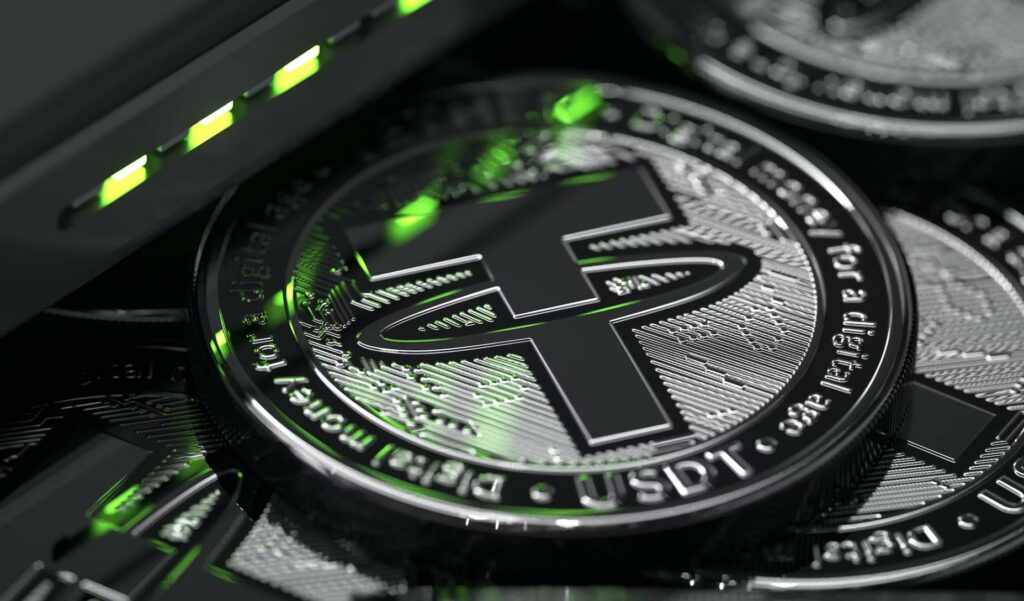Since the LUNA thunderstorm and the Silicon Valley Bank thunderstorm triggered a series of black swan events such as the decoupling of the world’s second largest encrypted stablecoin USDC, the market’s distrust of the concept of stablecoins seems to have reached a threshold.
Whether it is a centralized stablecoin, an algorithmic stablecoin or a partially decentralized stablecoin, they are all regarded as scourges to a certain extent: Tokens known for their stability are all unstable, so what else can we believe?
In fact, stablecoin is just a way of expression of cryptocurrency, and its value is often maintained in a roughly controllable exchange range by anchoring real currency or algorithmic regulation.
But that doesn’t mean that stablecoins themselves are immune to volatility. When encountering a huge black swan event, the stable currency will also be decoupled from the linked currency. This means they deviate from their pegged value.
The crux of the problem is not whether the stablecoin will fluctuate, but whether the stablecoin itself has a scientific and reasonable self-correction mechanism, which can repair the risk in time and maintain a reasonable value when faced with unknown risks.
Therefore, the veDAO Research Institute has compiled several major stablecoins that are common in the market, and through the analysis of stablecoins, it will explain the respective mechanisms of different stablecoins and their respective coping methods when facing risks.
The current stablecoin track is mainly divided into three categories: centralized stablecoins, algorithmic stablecoins and decentralized stablecoins. So far, centralized stablecoins are still the mainstream of the market, and can even be called the cornerstone of the encrypted world to a certain extent.
USDC, USDT, and BUSD are currently the three largest centralized stablecoins. All three are issued by off-chain entities and claim to be backed 1:1 by fiat collateral (i.e. “real” USD).
Up to now, USDT, USDC and BUSD have occupied more than 80% market share of the entire stable currency market.
According to Dune data, USDT is still the well-deserved leader, with a 46.2% market share; USDC follows with 36.7%; BUSD is 9%.
Although the centralized stable currency has a huge market share, and the scalability of the centralized stable currency is also the best in the industry (almost all projects have built-in USDT or USDC trading pairs), but the design of this stable currency is not transparent, and It is completely centralized and cannot be audited on the chain, which also means that it is impossible to know whether the number of centralized stablecoins issued and the number of mortgages match. All we can pray is to believe that centralized stablecoins really practice them. Promise of.
For example, USDT, although Tether has always insisted that USDT is backed by equivalent assets held (including cash and bonds), it has never provided a proper audit, only a proof of its ability to meet its obligations.
However, the audit in June 2022 shows that the cash ratio of USDT collateral is not high.
In general, there are differences in the liquidity of centralized stablecoin collateral. Once an extreme event triggers a run, there is a certain risk in whether USDT collateral can be redeemed within a short period of time. Also due to the user group’s distrust of excessive centralization, a new demand has emerged in the market: algorithmic stablecoins.
Algorithmic stablecoins are mainly represented by UST and OHM. These stablecoins maintain stability through floating minting and burning mechanisms without any external collateral as support. For example: when UST is trading above its peg rate (i.e. $1), market participants have an incentive to expand its supply and lower its price by minting new UST, and vice versa.
The Achilles’ heel of algorithmic stablecoins is the downward spiral. For AMPL, when the currency price enters a falling range, holders expect the number of tokens to decrease, and may choose to sell AMPL, causing the price of AMPL to fall further until AMPL drops to an extremely low level. For UST, we have witnessed a historical moment of death spiral. As for whether FRAX, a part-algorithmic stablecoin backed by part of USDC, can avoid the death cycle when it falls sharply, it remains to be verified by time.
The core problem of algorithmic stablecoins is that there is no value mortgage, so it is more like a speculative product. In application scenarios such as trading and DeFi, it is difficult for algorithmic stablecoins to perform the duties of stablecoins.
The decentralized stablecoin is represented by DAI, which is a decentralized USD-pegged stablecoin issued by Maker DAO. DAI is based on the over-collateralization mechanism, and users can deposit different forms of collateral (such as ETH) into the vault to mint the DAI stablecoin. Users must keep their collateral positions over-collateralized because collateral can be liquidated when it falls below a set collateralization rate (collateralization rate varies by collateral asset).
It is impossible to break away from the centralized stablecoin. In the collateral of the decentralized stablecoin, the centralized stablecoin is an important part. When the Silicon Valley Bank collapsed in March 2023, USDC was unanchored. Affected by this, DAI also continued to unanchor for a few days.
In response to the problems of decentralized stablecoins, HOPE, a rising star, has made some improvements. In the official definition, HOPE is a “pricing token backed by BTC and ETH reserves, with a multi-stage growth plan evolving into a distributed stablecoin”.
The specific operation logic will be divided into three stages: The first stage: $HOPE will be supported by BTC and ETH in the early stage of development, and tokens will be minted and destroyed. For each HOPE generated, a certain amount of BTC and ETH must be correspondingly reserved. ETH. During this process, HOPE will also obtain the opening price, highest & lowest price, and closing price of BTC & ETH from Binance, OKX, and Coinbase every minute, and determine the actual price of HOPE through average calculation.
The second and third stages: $HOPE’s capital reserve pool will add more stable coins until the funds in the reserve pool reach several times the market value of $HOPE. With the subsequent appreciation of BTC and ETH prices, the price of HOPE will follow the encrypted assets. The market value expanded and rose, eventually rising to $1.
It is worth noting that with the increase in the mortgage market value of BTC and ETH, there will always be a point where the mortgage value of HOPE will exceed $1, but HOPE itself chooses to remain stable after rising to $1 and not to rise.
In this way, a global over-collateralization situation exists between the BTCÐ mortgage market value and the HOPE price.
In this way, it can in turn confirm the firmness of the value of the HOPE token itself. More importantly, based on individual users, minting HOPE does not require over-collateralization, which greatly improves the efficiency of fund use.
Then the next question becomes: How can the market verify the actual BTC & ETH mortgage market value of the HOPE ecosystem?
At present, HOPE chooses to entrust the encrypted assets to Coinbase, and at the same time discloses information such as the custodian’s wallet address, fund flow and amount. After that, HOPE will also entrust encrypted assets to other custodians and escrow agreements, so as to further strengthen the distribution of mortgage assets and reduce the impact of black swans.
In fact, while classic stablecoins have been questioned one after another, a number of new stablecoin projects have also emerged in the industry, such as HOPE, which advocates decentralized price distributed mortgages; or ANGLE, which chooses to anchor the euro and deeply imitates Curve; And Reflexer, which is favored by Vitalik Buterin, sets a dynamic redemption rate.
However, although the latter two have innovations, they have not escaped the inherent logic of individual user over-collateralization. At this point, HOPE does relatively better.
But at the same time, it should also be noted that HOPE, as a rising star of the stable currency, is remarkable, but there are also some thoughts: for example, HOPE proposed an overall over-collateralization and distributed storage of mortgaged assets, but how to prove that the public custody The relevance of the address to the HOPE ecology may need to be more clearly stated.
In addition, since HOPE itself places the actual mortgage market value of BTC & ETH on the HOPE stablecoin + governance currency LT, will this cause users to focus on LT while ignoring the scalability and innovation of HOPE’s own stablecoin? ?
Finally, there is a common problem encountered by all decentralized stablecoins: how to gain more market share and user groups?
This problem, for emerging stable currency projects, has a long and difficult road. However, with the recovery of the market, BTC has regained the $30,000 mark, and the subsequent development of HOPE is worthy of our optimism.






